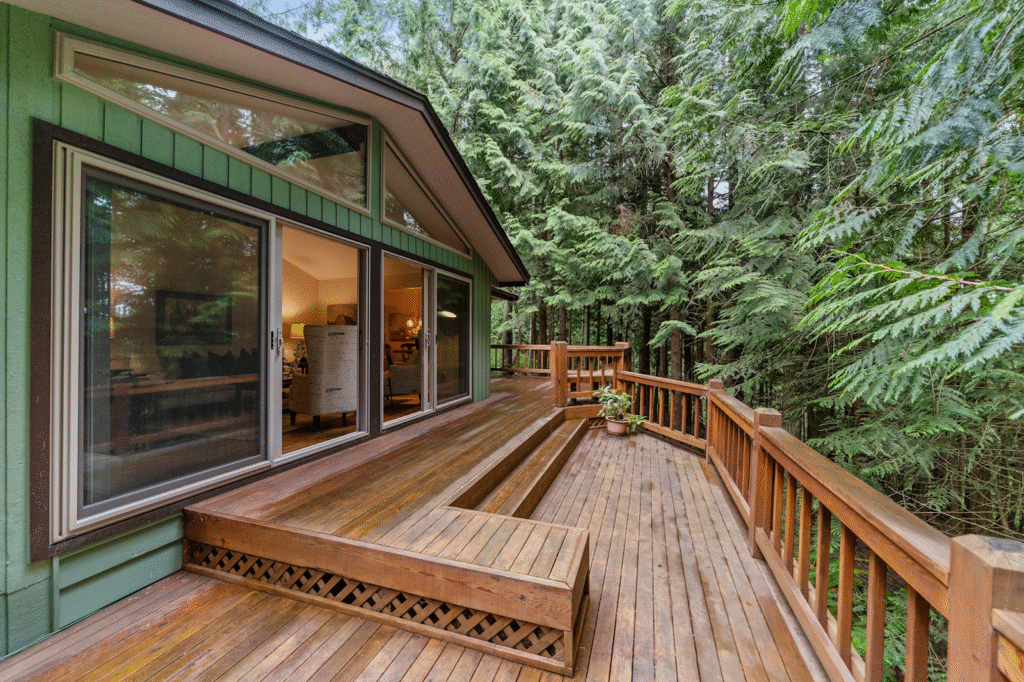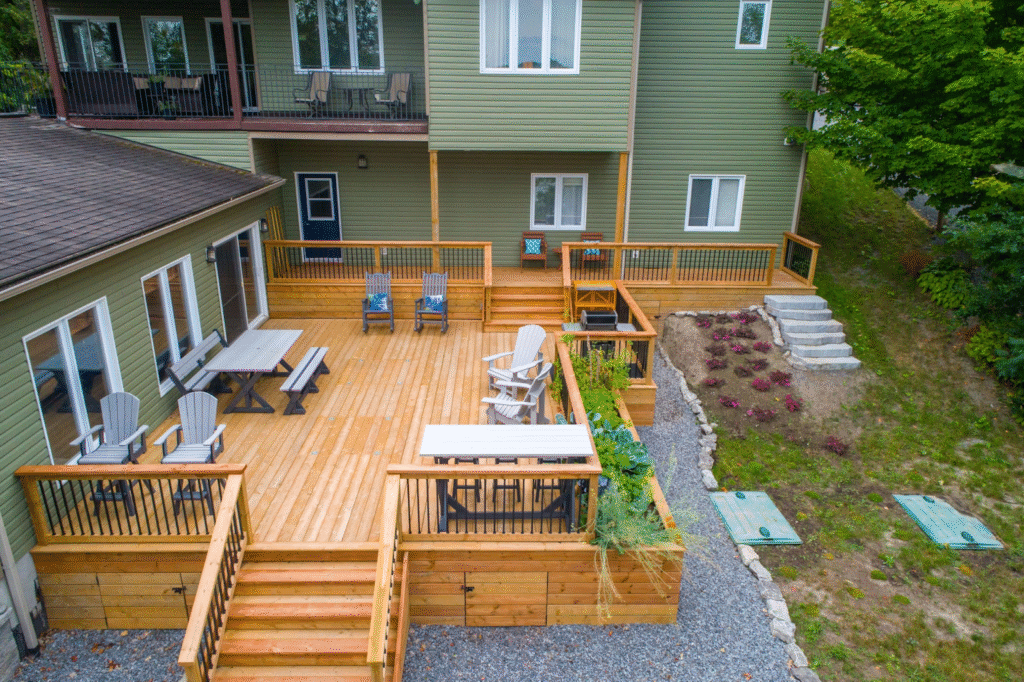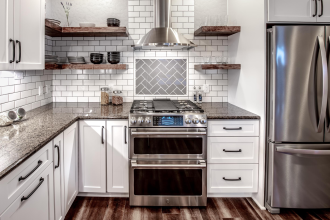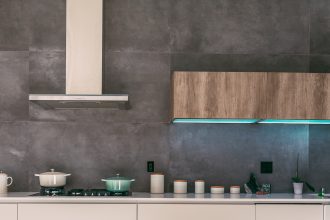Creating a custom deck can be a fantastic way to enhance your outdoor space, adding both functionality and aesthetic value to your home. However, budgeting for a deck project requires careful planning and consideration. Understanding your needs, researching materials, and assessing costs are all crucial for a successful project. Let’s explore some key budgeting tips that can set you on the right path towards a beautiful and cost-effective custom deck.

Assess Your Needs and Expectations
The first step in budgeting for a custom deck is understanding your specific needs and expectations. Take the time to reflect on how you intend to use the deck. Will it serve as a primary entertaining space or a more casual reading nook? This decision will influence the size of your deck and the materials you select and the features you include, such as railings, lighting, or built-in seating. Sketch your ideas or consult with professionals to visualize your dream deck. Identify essential features versus optional ones.
For homeowners on a budget, prioritize the must-have elements that provide utility and enhance the deck’s value. Understanding your requirements at this stage can help streamline costs in later phases, as adjustments made early on typically cost less than corrections made during construction. Assign a rough budget to your proposals, providing flexibility for changes as you progress.
Research Materials
Choosing the right materials is crucial in your budgeting journey. Options range from natural wood to composite materials, each with its own price points and maintenance needs. Traditional wood, while aesthetically pleasing, often demands more maintenance and replacement costs over time. Composite materials can offer lower maintenance and higher durability, potentially saving money in the long run.
Conduct thorough research to understand the pros and cons of various materials available in the market. Consider durability, longevity, and the overall aesthetic you desire for your deck. Look into the environmental impact of your choices as well. Choosing sustainable materials can sometimes help save costs and contribute to a greener planet. Visit local suppliers and get samples to weigh your options.
Plan for Labor Costs
Labor costs can significantly affect your overall deck budget. If you decide to hire professionals, get multiple quotes to ensure you’re getting fair estimates. Consider factors such as the company’s reputation, experience, and quality of work—sometimes, the lowest bid isn’t the best choice. Alternatively, if you’re comfortable with DIY projects, assess what parts of the deck construction you can manage on your own.
A hybrid approach might work best. You could handle demolition and the finishing touches while leaving the structural work to a skilled contractor. If opting for a professional team, services like professional Alpharetta deck construction services can provide valuable insights and options for your specific project needs. Always remember to account for permits and inspections if they are necessary in your area, as these can add to construction costs.
Include Miscellaneous Costs
Every home improvement project comes with unforeseen expenses; therefore, setting aside a budget for miscellaneous costs is essential. This can include things like equipment rentals, additional materials, or unexpected repairs. Taking time during the planning stage to estimate these costs realistically can save you from frustration later on. Seek advice from experts or homeowners who have previously undergone similar projects.
Their experiences can highlight potential issues you hadn’t considered. Keeping line items for various categories may help track your resources better throughout the building process. Aim for at least 10% of your total budget to account for contingencies. The idea is to allow room to breathe within your budget, enabling you to handle any surprises that arise.
Consider Future Maintenance Costs
Maintenance costs should not be overlooked in your budgeting process. Understand that different materials will require varying levels of maintenance. Natural wood decks often need regular staining or sealing to maintain their appearance and prevent deterioration, while composite decks typically require minimal maintenance. Even with low-maintenance options, planning for the periodic cleaning and repairs is a good practice.
Assess how maintenance costs may factor into your long-term budget. Investing in high-quality materials that demand less upkeep saves time and translates to lower maintenance costs over the years. Evaluating your ongoing expenses associated with your deck ensures that you can enjoy it comfortably without hidden financial strain.
Utility Considerations
When planning for your deck’s construction, don’t ignore utility considerations. Projects that involve electricity, plumbing, or other utilities can add complexity and cost. If you plan to include lighting, fans, or water features, you’ll need to factor in the cost of these installations. It’s essential to seek professional advice to navigate what local building codes dictate about utility installations.
Working with licensed contractors ensures these elements are correctly incorporated and helps prevent future hassles during inspections. Budgeting for utilities should be an integrated part of developing your project plan. Failing to account for these needs could turn a straightforward project into an arduous undertaking.

By laying a strong financial foundation and understanding the critical aspects of budgeting, you can ensure your project stays on track while achieving the outdoor space of your dreams. Embrace the process, conduct thorough research, and enjoy your newly created deck for years to come.













